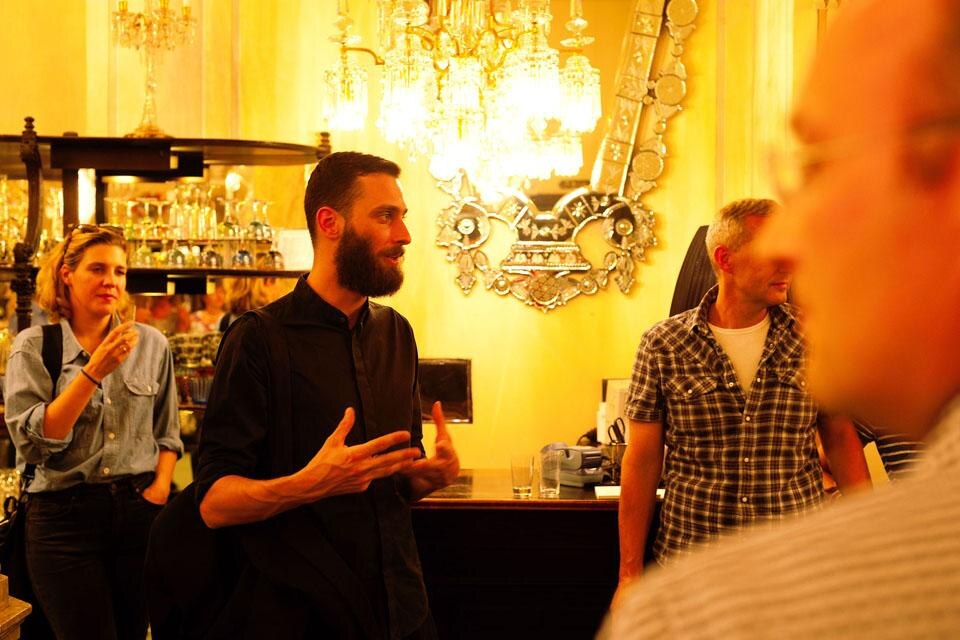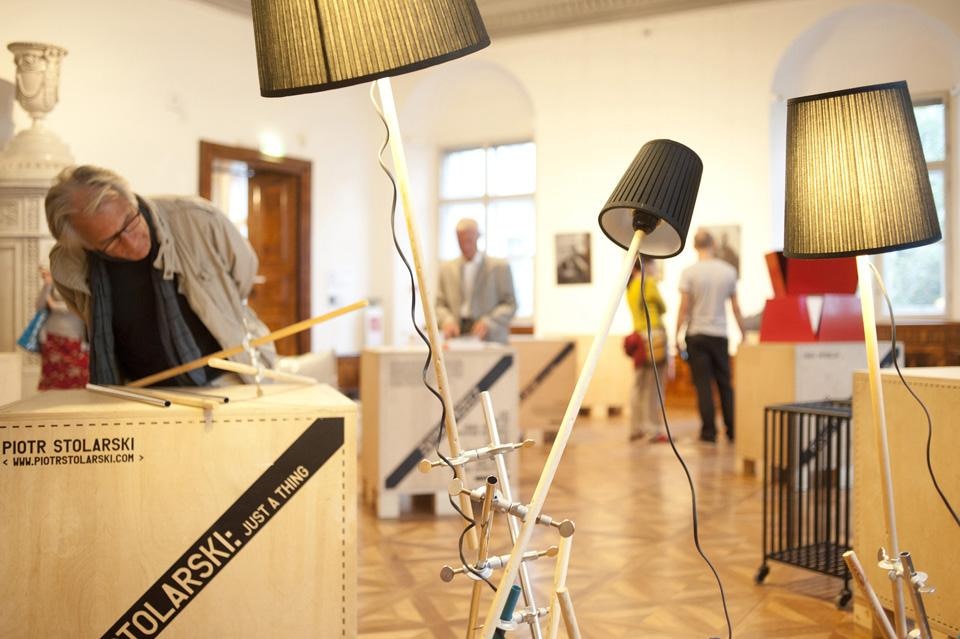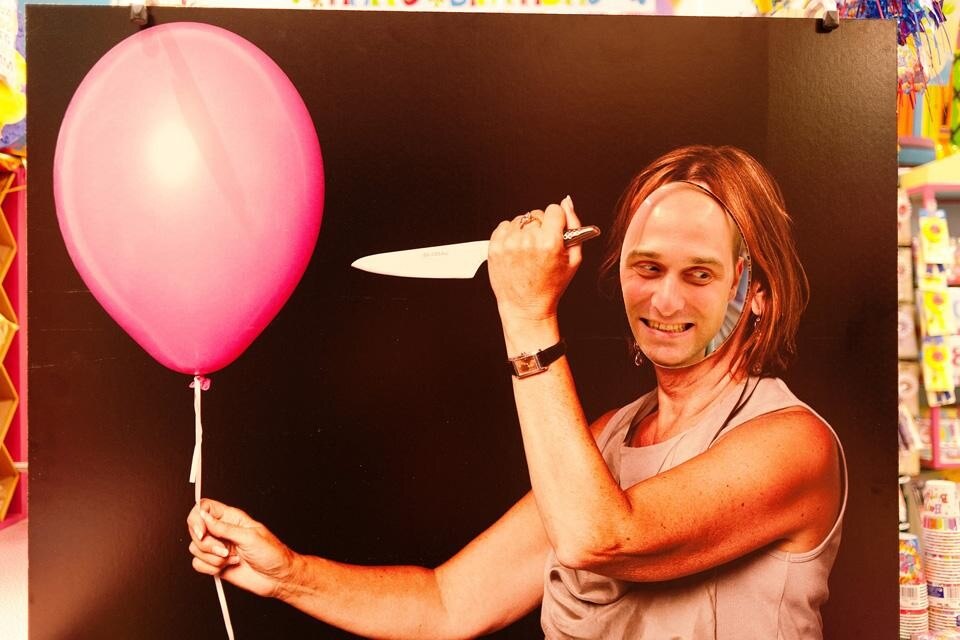A capital of renowned architectural beauty and undisputed leadership in all the arts, from classical music to theater and dance, Vienna now counts the largest number of annual cultural events in Europe. Five years ago, the idea driving the festival's founders—curator Tulga Beyerle, designer and researcher at the University of Applied Arts in Vienna, now curator at MAK, Thomas Geisler and journalist Lilli Hollein (today the team is completely female)— was to create an opportunity for the experimentation and exploration of contemporary design that could highlight the creative process rather than market dynamics per se, suggesting that research is more valuable than the finished product.
Even if in the past, Austria had not generated significant mass-market production, over the last ten years there has been a marked acceleration in this direction enabling Vienna to open up to the international scene. A key motor for the city is the Vienna Design Festival. "Design is much more than a series of objects on display," says Bayerle. "We focus on process and experimentation through discussion and debate with local tradition and with our history."
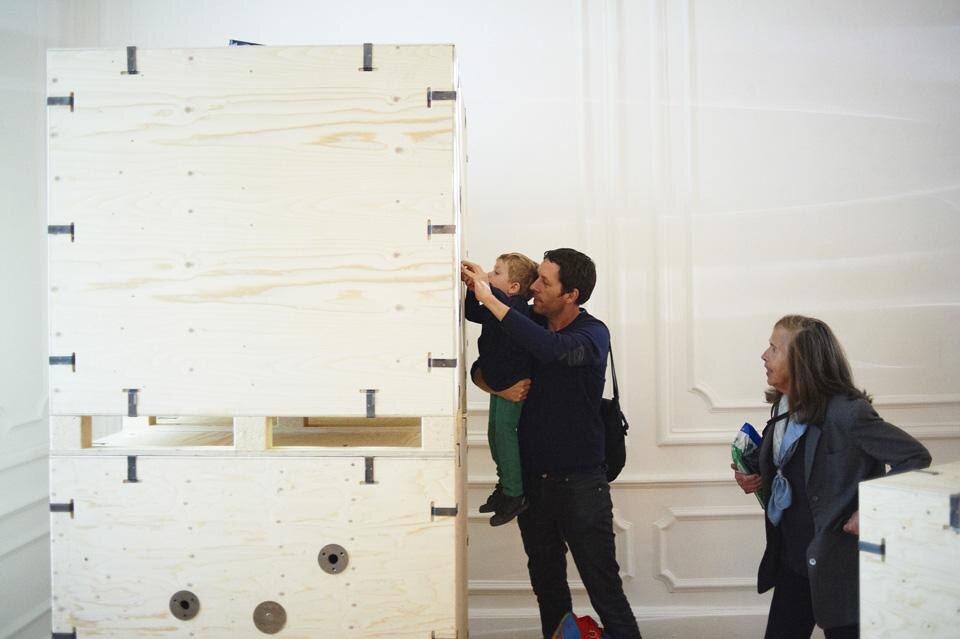
Above: Reflections by Oskar Zieta. Photos © Fischka Kollektiv.
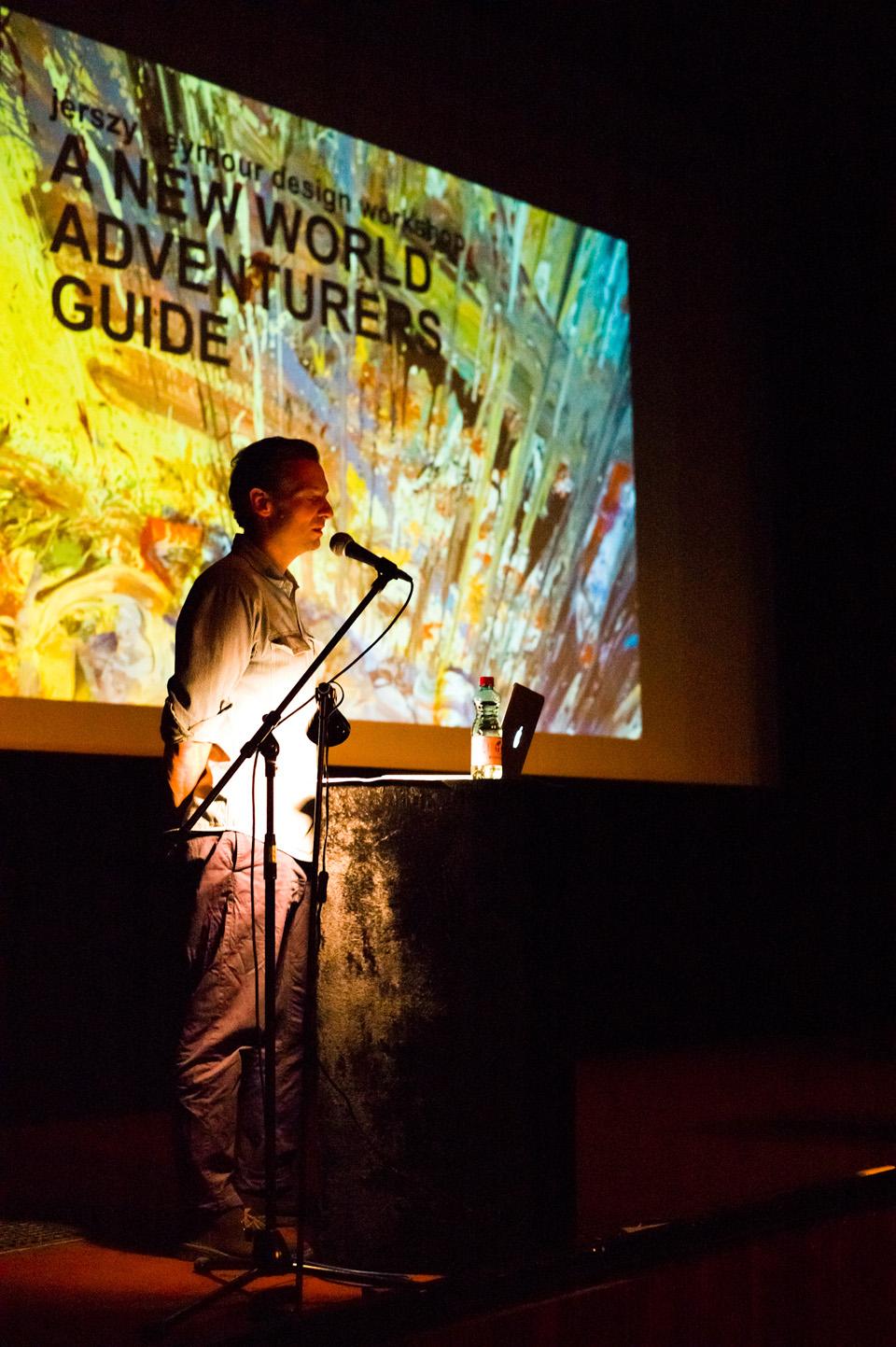
In honor of the EU presidency beginning in July of this year, the Guest Country for 2011 is Poland, a nation that has recently become very committed to the international design scene thanks to enlightened government policies that have funded the opening of several schools (among which the school in Poznan designed by the charismatic Li Edelkoort) and facilitated young companies in the sector. In recent years, these actions have cultivated an increasing number of talents. Curator Agnieska Jacobson-Cielecka presents a show entitled Just a Thing, outlining the trends in the work of these young Polish talents. Poland's presence is completed by Oskar Zieta's solo show at Sotheby's prestigious historic Wilczek palace where he presents Reflections, an installation composed of five magical boxes that enclose inflated objects (made with the well-known FIDH technology) on psychedelic patterns. Zieta plays with curious optical effects to affirm that design can also be a way of interpreting reality and become a deliberate and playful illusion.
Design is much more than a series of objects on display. We focus on process and experimentation through discussion and debate with local tradition and with our history.
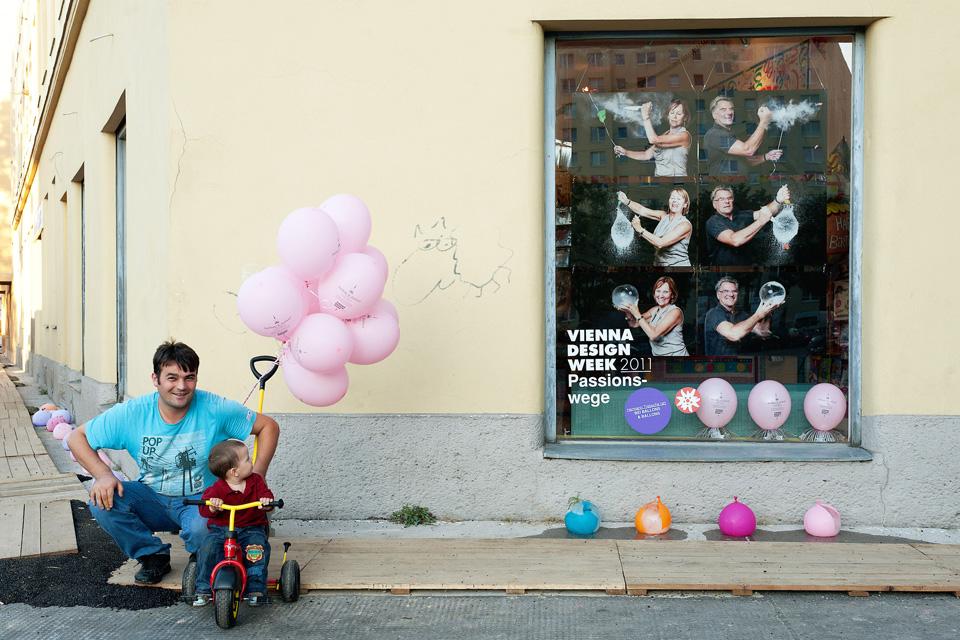
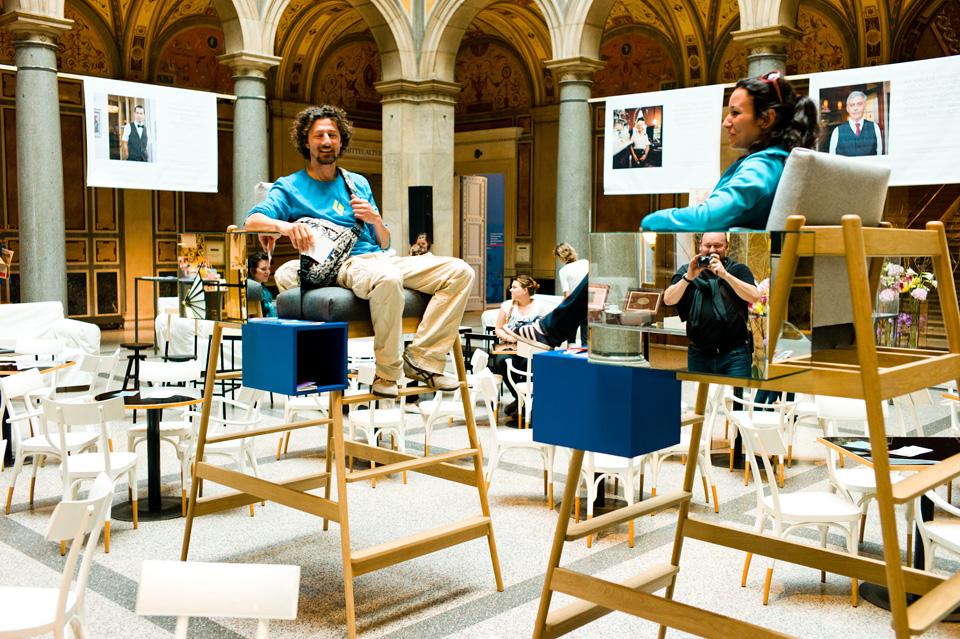
A competition and a prize, the first sponsored by Nespresso and the second, the Young Design Prize, sponsored by Swiss watchmaker Rado, could not be absent from the agenda. And again, Kikkoman, the traditional Japanese soy sauce producer, revives its traditional bottle with multicolored concentric strips; the limited editions will sell like hotcakes during the festival.
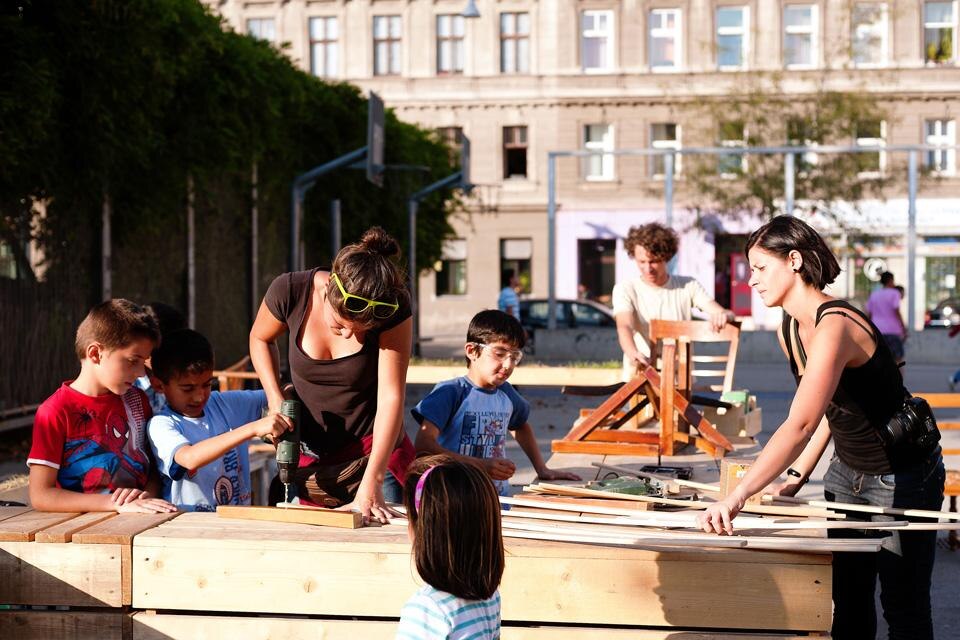
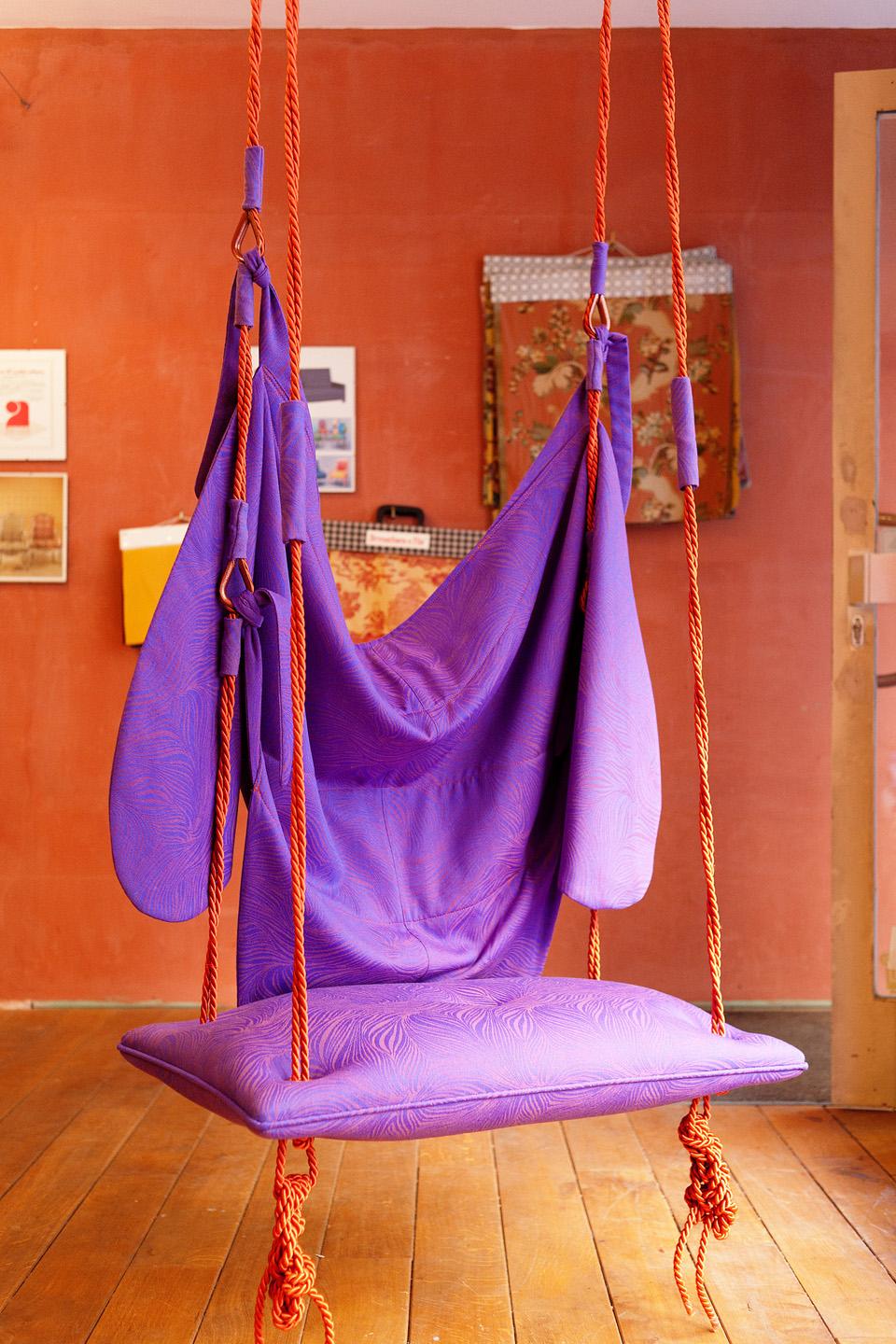
Maria Cristina Didero
